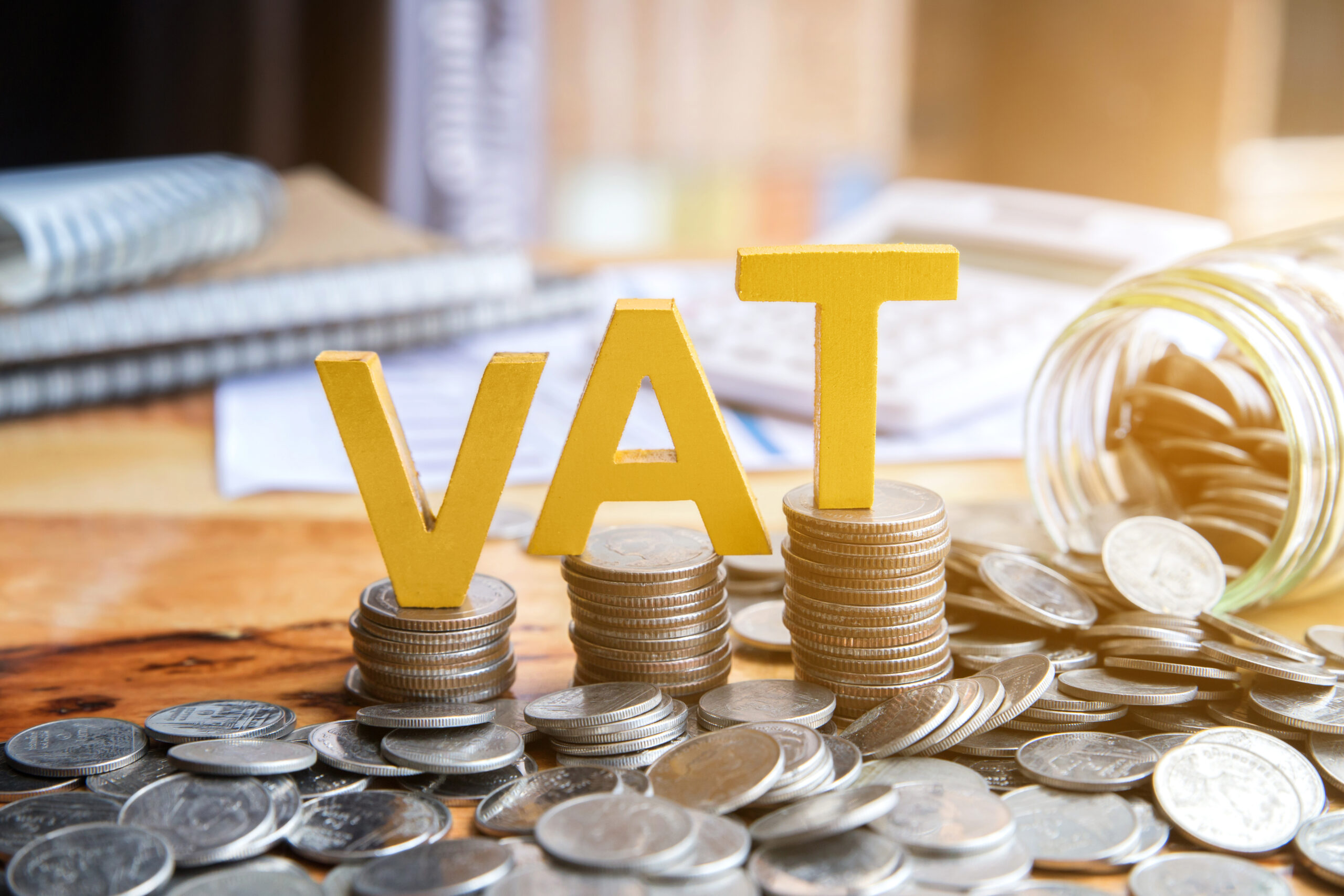I Actual Labour deduction Method:-
For the definition of labour we refer to one of the Landmark Judgements of Gannon Dunkerley And Co. And Ors. vs State Of Rajasthan And Ors. on 17 November, 1992. which considers following expenses for eligibility of claim of deduction:-
Analysis of prescribed deductions:-
a) Labour charges for execution of Works Contract: The value consists of mobilisation of men and material and establishment of site office etc. As these are preliminary expenses not involving value goods cannot be subjected to tax.
b) Amount paid to sub-contractor for labour and services: Value relatable to sub-contractors turnover where sub-contractor is engaged only for labour and services not involving supply of goods, deduction is available only for amt paid to registered sub-contractor if contract involves usage of material.
c) Charges for planning, designing & Architect’s fees: Value for planning, designing and architects fees relating to construction of building or plant. As the expenses are in the nature of services, hence eligible for deduction
d) Charges for acquiring machines, tools etc. on hire or otherwise These goods are either taken on hire or purchased as assets for use in the process of execution of works contract. However, since the goods are neither incorporated in works contract nor sold to the customer, there is no transfer of property in them and hence excluded for the levy of VAT. Claim of Depreciation on Plant and Machinery is debatable, however allowed in the case of L&T – 34 VST 53.
e) Cost of consumable in which property does not pass to contractee These are the items such as water, electricity, fuel, lubricating oils, electrodes etc, which are getting consumed in the process of execution of works contract and hence the property therein is not transferred to the contractee and hence are excluded for the purpose of levy of tax.
f) Cost of establishment relating to supply of labour and services This cost is relatable to facility given to labor such accommodation and other facilities to make them available at job site for purpose of carrying out labour and rendering of services in connection with execution of works contract.
g) Other expenses relating to supply of labour and services These are expenses in the nature of overheads, rent, salary, electricity, telephone charges expended relating to works contract job.
h) Profit of contractor relating to labour & services This is the profit earned by the contractor over the cost of labour and services expended by him i.e. difference between the value recovered from the employer and the cost incurred by the contractor.
Another area of confusion which exists is allowability of office overheads like rent, electricity, office expenses, interest etc. As per the Para 45 of the judgement the words used for such expenses were as follows :-
“These relate to the various expenses which form part of the cost of establishment of the contractor. Ordinarily the cost of establishment is included in the sale price charged by a dealer from the customer for the goods sold. Since a composite works contract involves supply of materials as well as supply of labour and services, the cost of establishment of the contractor would have to be apportioned between the part of the contract involving supply of materials and the part involving supply of labour and services. The cost of establishment of the contractor which is relatable to supply of labour and services cannot be included in the value of the goods involved in the execution of a contract and the cost of establishment which is relatable to supply of material involved in the execution of the works contract only can be included in the value of the goods.
Similar apportionment will have to be made in respect of profits. The profits which are relatable to the supply of materials can be included in the value of the goods and the profits which are relatable to supply of labour and services will have to be excluded.”
Thus as per above even office overheads need to be considered for the purpose of taking deductions under the above method, however proportionately.
Thus all expenses that fit the classification as above are permissible to be claimed for determining the taxable turnover under VAT.
Article on Actual Labour Deduction Method under VAT

